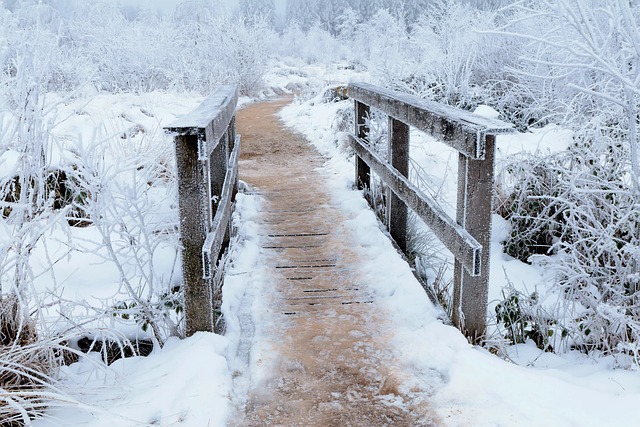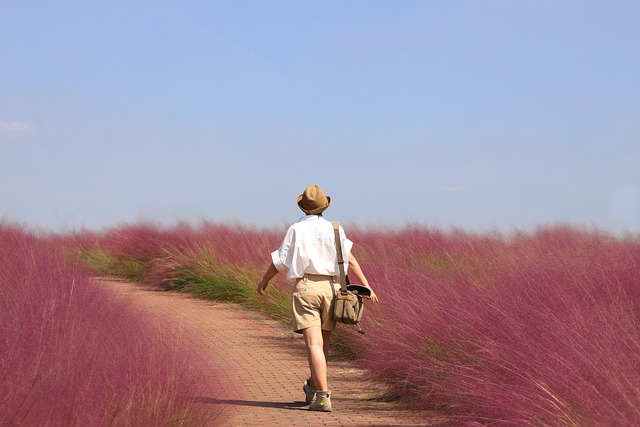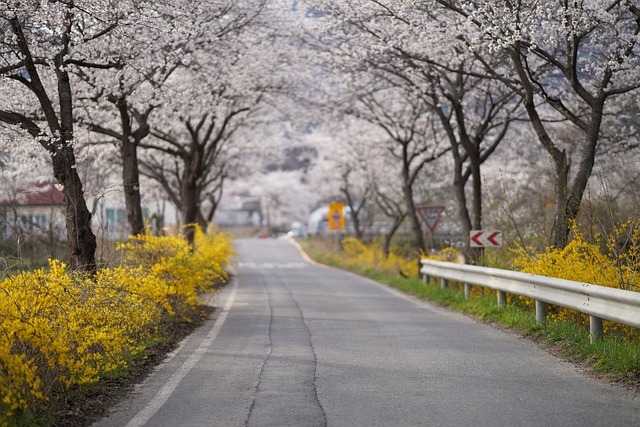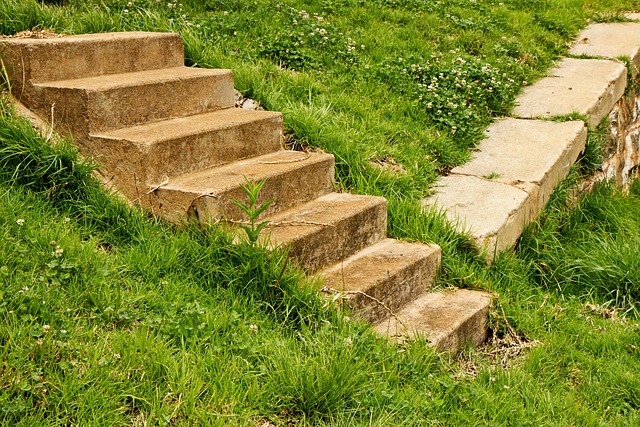Designing an inclusive backyard walkway is key to enhancing accessibility and user experience, catering to diverse needs from physical disabilities to sensory considerations. Tailored solutions offer aesthetic benefits, improved navigation, better drainage, and safety, transforming outdoor spaces into accessible and visually appealing areas. Strategic planning, high-quality materials, and regular maintenance ensure the longevity of these walkways, providing both practical utility and enhanced surroundings.
In today’s diverse world, outdoor spaces must accommodate a wide array of unique needs. This article explores tailored pathway solutions for everyone, from those with mobility challenges to individuals seeking specific functional requirements in their backyard walkway. We delve into the benefits of custom design, offering not just accessibility but enhancing outdoor living experiences. From understanding individual needs to implementation and maintenance, discover how these pathways transform spaces into inclusive, safe havens.
- Understanding Unique Needs and Their Impact on Outdoor Spaces
- Benefits of Tailored Pathway Solutions
- Designing a Backyard Walkway That Meets Specific Requirements
- Implementation and Maintenance: Ensuring Longevity and Safety
Understanding Unique Needs and Their Impact on Outdoor Spaces

Understanding unique needs is paramount when designing outdoor spaces, especially when it comes to creating accessible and enjoyable backyard walkways. Every individual has distinct requirements that can affect their interaction with the environment, from physical disabilities to sensory sensitivities or cognitive differences. These needs should be acknowledged and addressed to ensure inclusivity and enhance overall user experience.
For instance, a person using a wheelchair will require a smooth, level walkway without obstructions. Individuals with visual impairments might need braille signage and tactile paving to navigate safely. Sensory processing disorders may call for calming or stimulating elements in the design, such as soft lighting or textured surfaces. By tailoring pathway solutions to these unique needs, we create outdoor spaces that are not only accessible but also foster a deeper connection between users and their surroundings, making backyard walkways more than just functional—they become inclusive and enriching experiences.
Benefits of Tailored Pathway Solutions

Tailored pathway solutions offer a multitude of benefits, especially for unique needs and specific spaces like the backyard. Firstly, they enhance accessibility by providing safe, customized routes tailored to individual requirements, making it easier for everyone, including those with mobility issues or disabilities, to navigate outdoor areas. This not only improves quality of life but also promotes inclusivity and independence.
Moreover, these solutions add aesthetic value to your backyard. With a variety of materials, designs, and styles available, they can transform a simple pathway into a beautiful, seamless extension of your outdoor living space. They also contribute to better drainage by directing water flow effectively, preventing erosion and keeping the area around your home in optimal condition.
Designing a Backyard Walkway That Meets Specific Requirements

When designing a backyard walkway, understanding and catering to specific requirements is key, especially for those with unique needs or accessibility challenges. The path should be meticulously planned to ensure it provides a safe and comfortable journey through your outdoor space. Consider the surface texture and material to offer adequate traction, particularly in wet conditions, to prevent slips and falls.
Incorporating features like subtle changes in elevation, wide turns, and ample clearance can make the walkway more accessible for wheelchairs or walkers. Additionally, strategic lighting along the path enhances visibility and security, encouraging enjoyable walks at any hour. A well-designed backyard walkway not only serves practical purposes but also adds aesthetic appeal to your outdoor environment.
Implementation and Maintenance: Ensuring Longevity and Safety

Implementing tailored pathway solutions, such as a backyard walkway, requires careful planning and execution to ensure longevity and safety. Once installed, regular maintenance becomes crucial to preserve the integrity of the design and structural soundness. A well-maintained backyard walkway not only enhances aesthetics but also provides safe access throughout varying weather conditions.
Regular inspections should be conducted to identify any signs of wear and tear, including cracks, uneven surfaces, or loose components. Promptly addressing these issues through repairs or replacements is essential to prevent further damage and ensure the safety of users. Utilizing high-quality materials and following best practices during installation sets the foundation for a durable pathway that can withstand the test of time and heavy foot traffic.
In conclusion, understanding unique needs and their impact on outdoor spaces is key to creating inclusive and functional areas like a backyard walkway. By implementing tailored pathway solutions, we not only enhance accessibility but also enrich the overall experience for all users. Considering specific requirements during design, alongside proper implementation and maintenance, ensures longevity and safety, making these pathways true game changers in any landscape.
